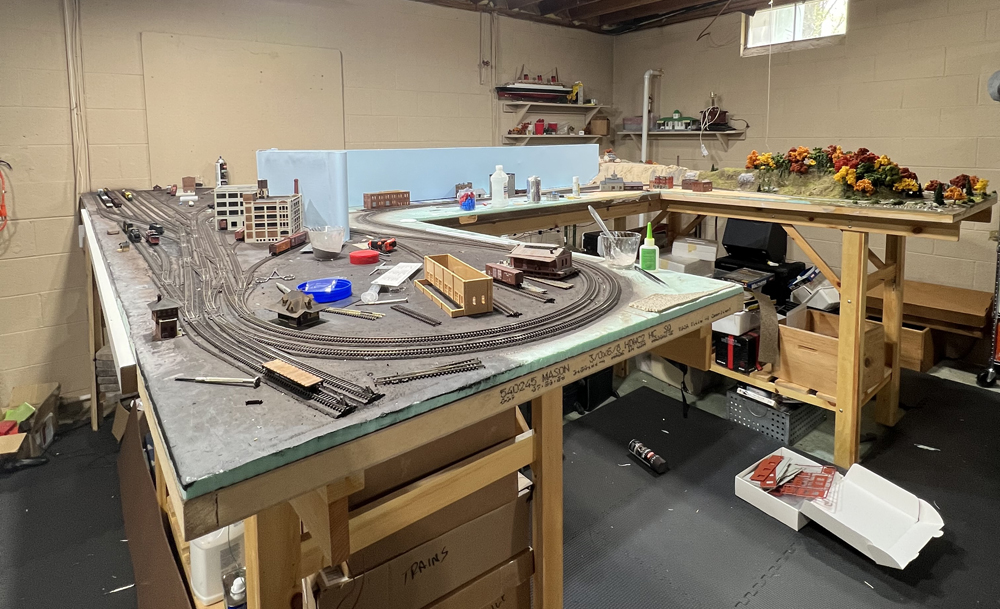
Built by Others in an article series showing layouts constructed by modelers using plans and projects from the pages of Model Railroader and its associated products. David Popp’s Naugatuck Valley RR has appeared in multiple issues of Model Railroader as well as the book Building a Model Railroad: Step by Step, Second Edition. George Giacono […]
Read More…
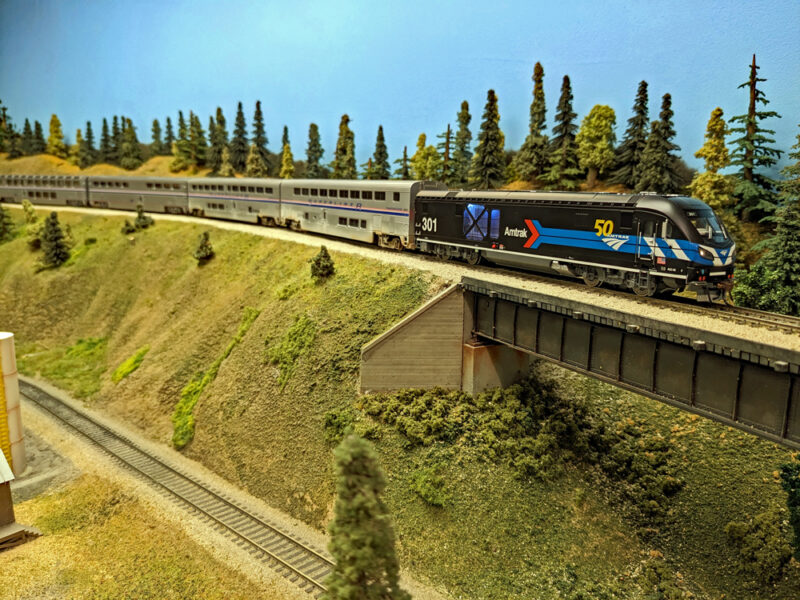
If you’re new to the hobby, you might be wondering if you can operate any locomotive on an everyday commuter, intercity, or high-speed passenger train. If you’re looking for prototypical operations on your layout set in the modern era, the short answer is usually no. However, there are many factors which go into this simple […]
Read More…
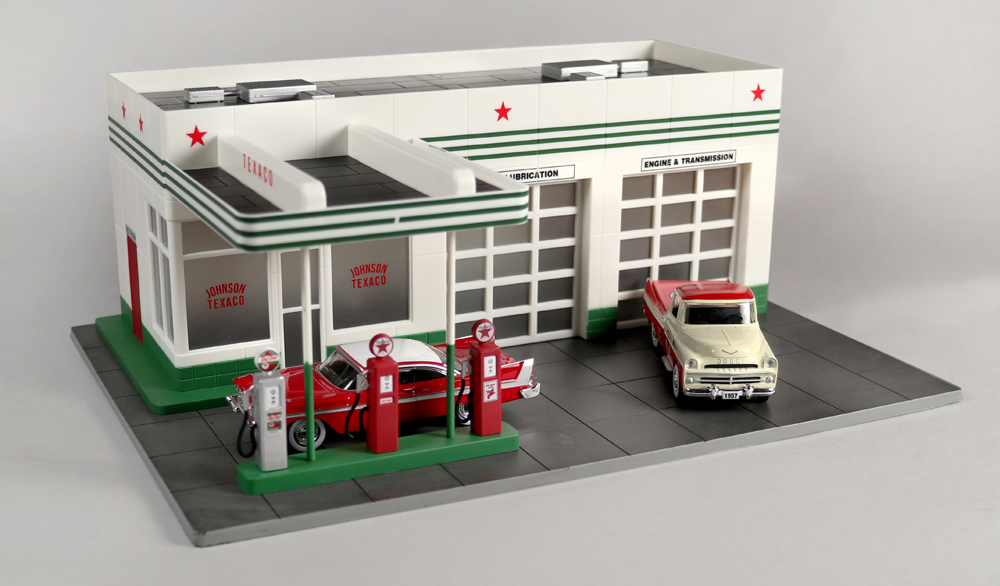
Even the smallest layout needs at least a few structures on it. We’ve compiled a list of manufacturers offering products in O and S scale. We’ve noted each manufacturer’s contact information, what type of structures, the material(s), and if the kits are lighted. Please contact the manufacturer directly if you have questions about their products. […]
Read More…
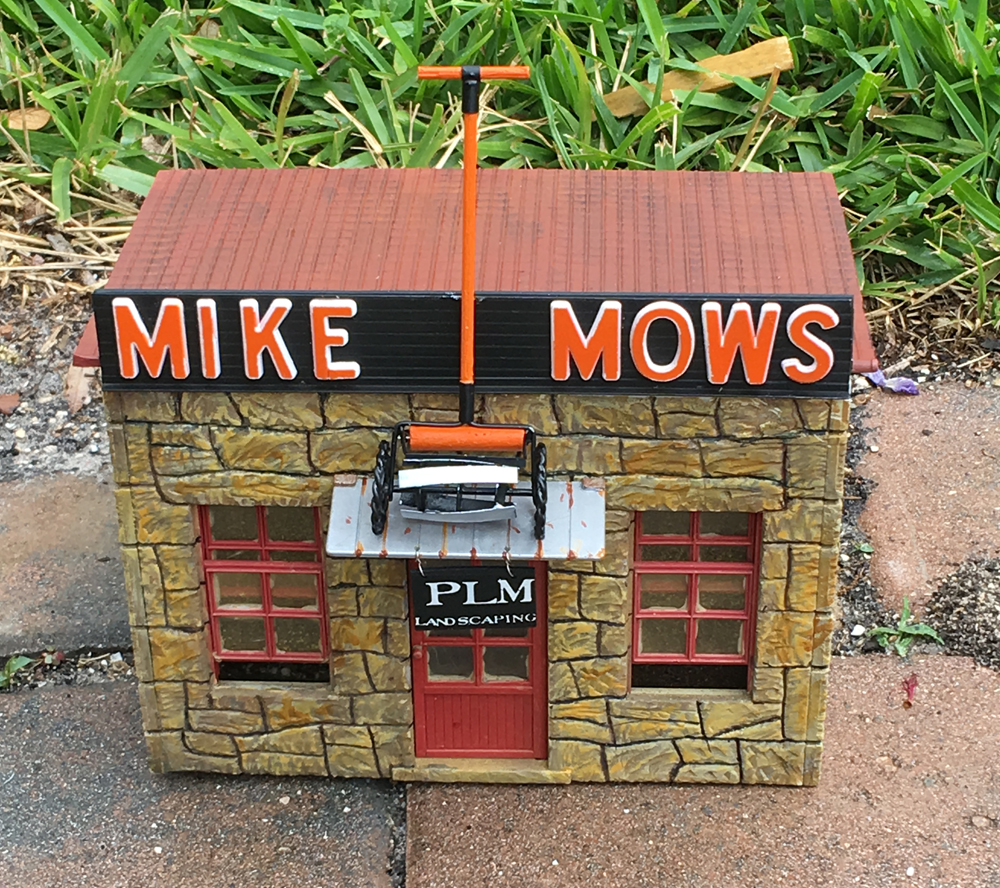
My middle son owns a landscaping business under the name of PLM (Professional Lawn Maintenance). I decided to kitbash a structure on my garden railway based on his business. I had found a rather beat up PIKO America stone building. The walls were unattached and it was missing a roof. It also had glue residue […]
Read More…

Little did I think when I visited Milbank, S.D., for the first time in 2019 I would find a yard office you can model. But there, on the corner of North Main Street and East Railway Avenue, was a BNSF Ry. structure that looked ideal for a model railroad. It had a small footprint; could […]
Read More…
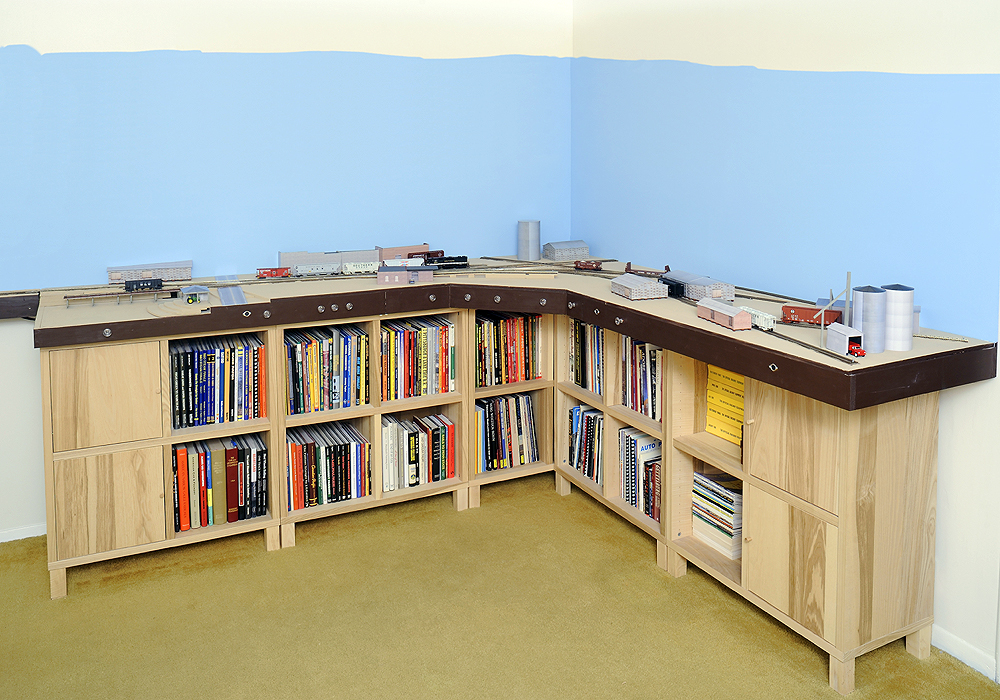
Model railroad benchwork is the support structure that hold up our train layouts. It’s traditionally made of wood with a plywood surface, and this is fine for many builders. But sometimes, there’s a need for non-traditional model railroad benchwork. Two parts: support structure Benchwork can be split into two parts: the framing that supports the […]
Read More…
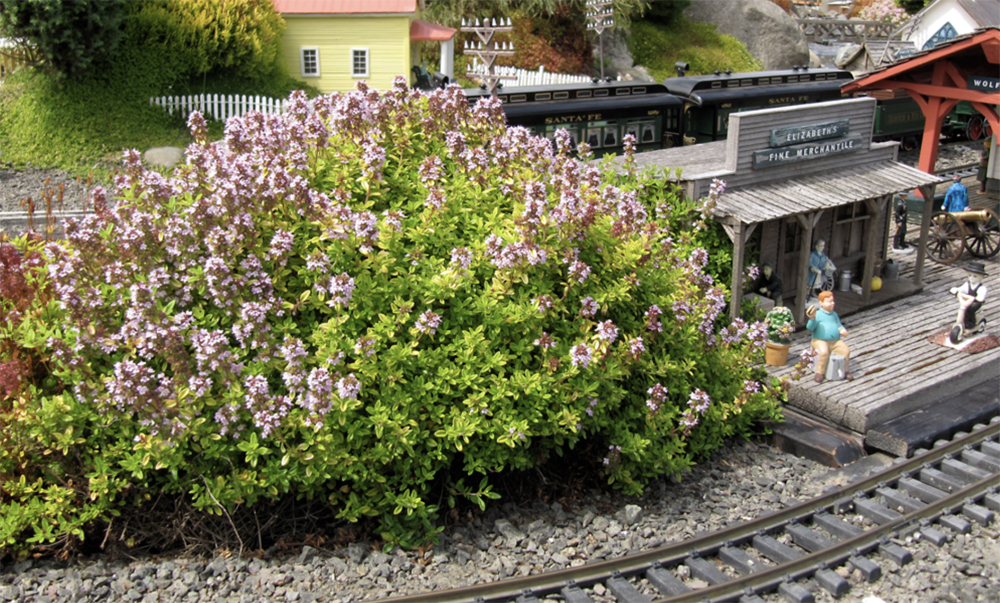
Doone Valley lemon thyme Common name: Doone Valley lemon thyme
Latin name: Thymus citriodora ‘Doone Valley’ Plant type: Groundcover
USDA Hardiness Zones: 4-9 Cultural needs: Well-drained soil, full sun Plant size: 3″ high x 18″ wide Doone Valley thyme’s evergreen leaves shine like the sun, with yellow edges that often cover the whole leaf with […]
Read More…
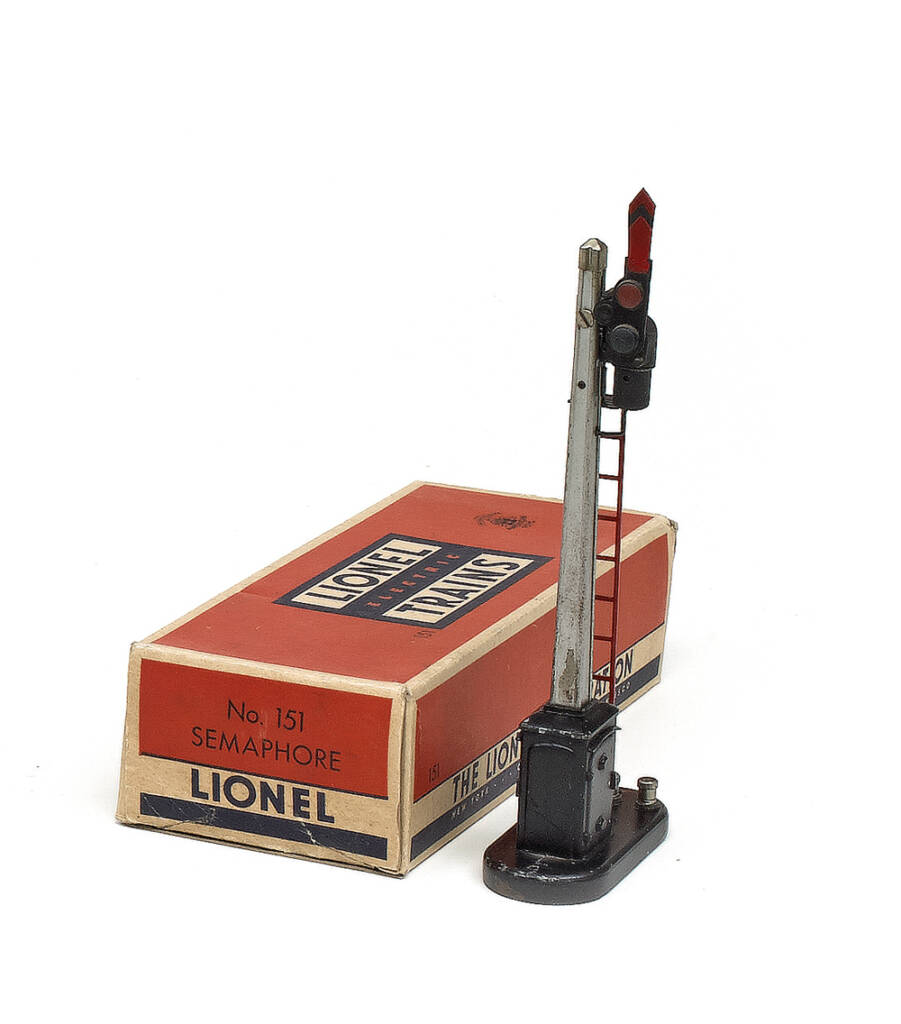
Lionel No. 151 Semaphore signals made their debut in the cataloged lineup for 1947 and remained popular members right through 1969, the final year of the post-World War II era of production. During that two-decade span, Lionel must have produced tens of thousands of the out-of-proportion trackside accessories. Collectors and operators of O-27 and O […]
Read More…
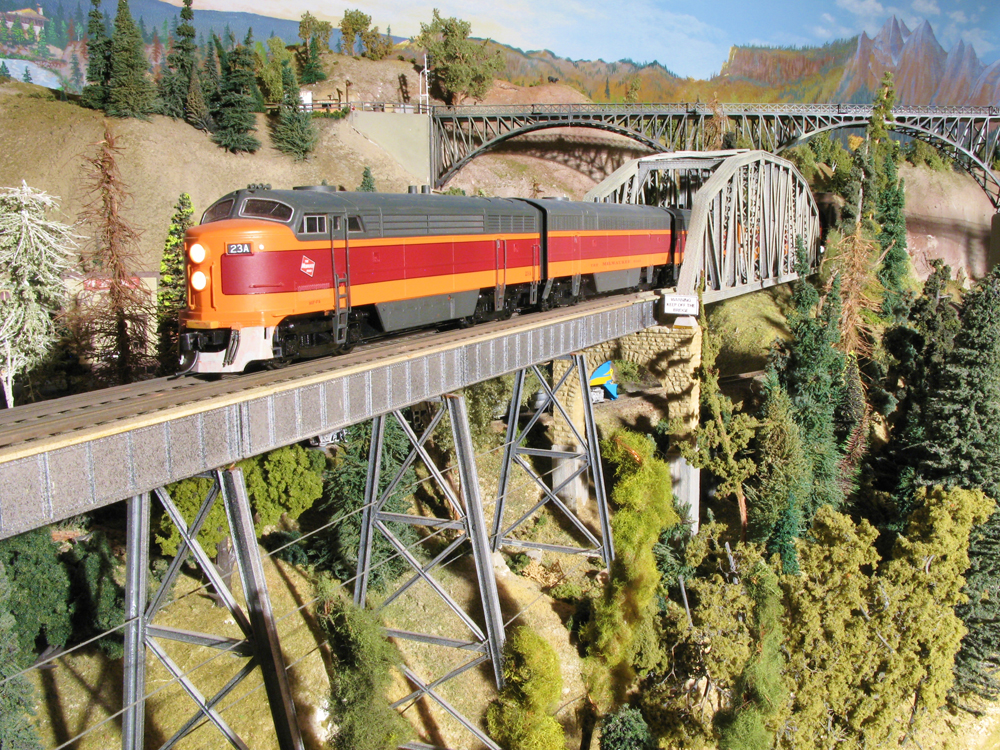
Yogo Peak, at 8,812 feet above sea level, is located in the Little Belt Mountains on the Judith Basin between Lewiston and Great Falls, Mont. Winding its way through the basin is a tributary of the Missouri River known as the Musselshell River, named by the Lewis & Clark Expedition in 1805 for its abundance […]
Read More…
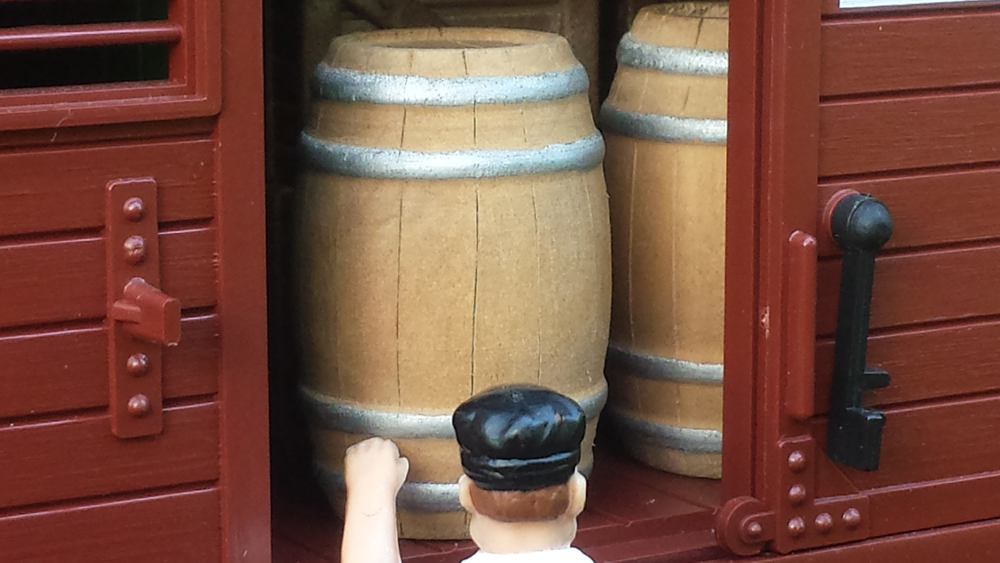
While searching for barrels to use on my railroad, I noticed wood turnings marketed as “pickle barrels” in a Michaels craft store. They are made by Lara’s Crafts and are turned Baltic birch in the general shape of a barrel with hoops. While unbecoming in their present state, they offered good modeling potential, so I […]
Read More…
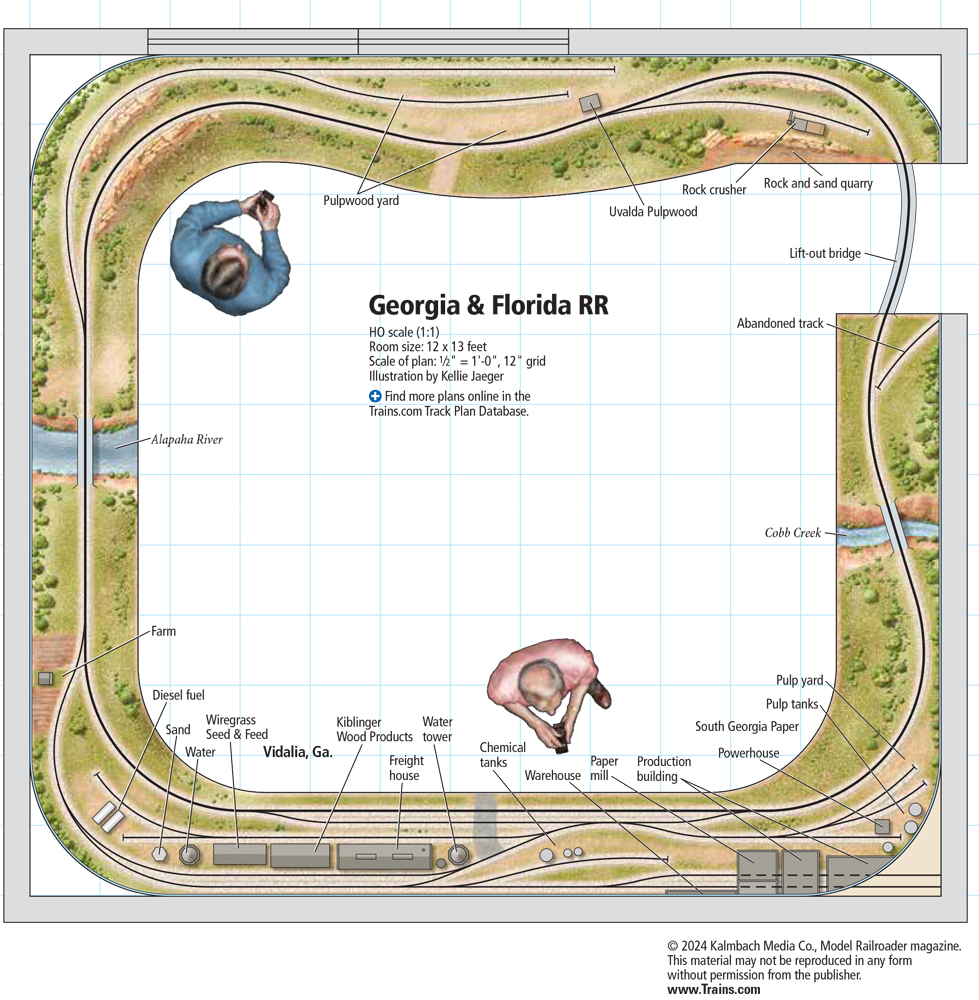
Facts and features Name: Georgia & Florida RRScale: HO (1:87.1)Size: 12 x 13 feetPrototype: Georgia & FloridaLocale: Central and South GeorgiaEra: late summer, 1966-1972Style: around the wallsMainline run: 55 feetMinimum radius: 24″Minimum turnout: No. 4Minimum grade: noneBenchwork: open gridHeight: 40″Roadbed: corkTrack: Atlas code 83 flextrackScenery: cardboard strips covered with plaster gauze and SculptamoldBackdrop: 1⁄8″ […]
Read More…
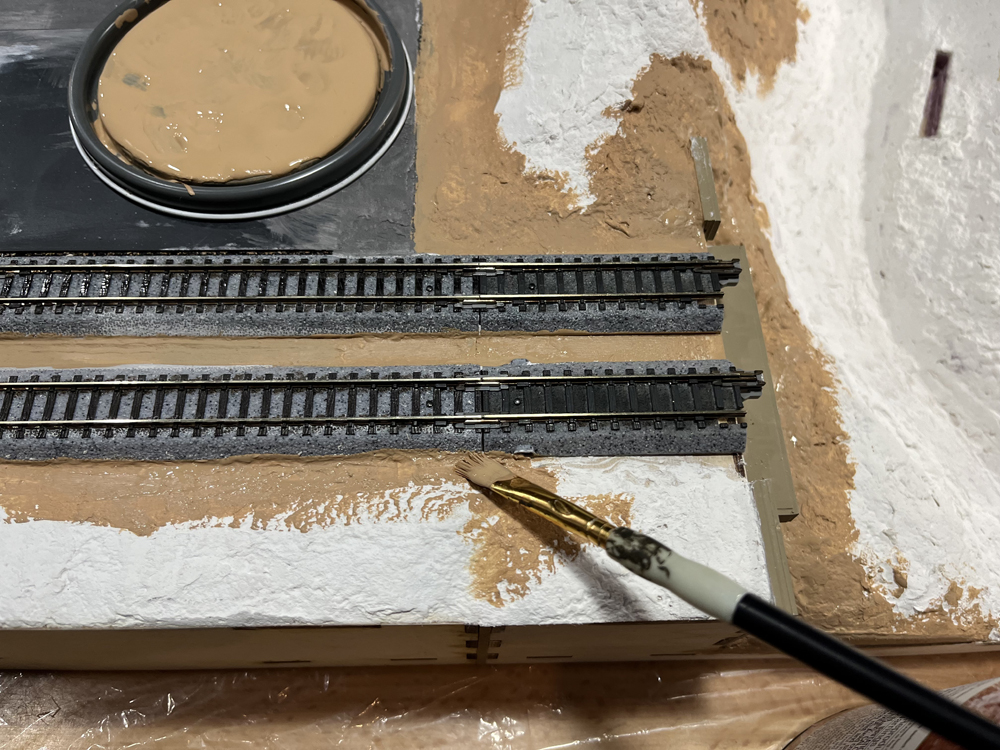
Modelers David Popp, Brian Schmidt, and Bryson Sleppy continue the scenery process on their T-TRAK modules in an attempt to make them look more like the prairies of Colorado. T-TRAK is a modular N scale railroading system that uses foot-wide boxes plugged together to build tabletop layouts. In this sixth installment, the three modelers explain […]
Read More…












